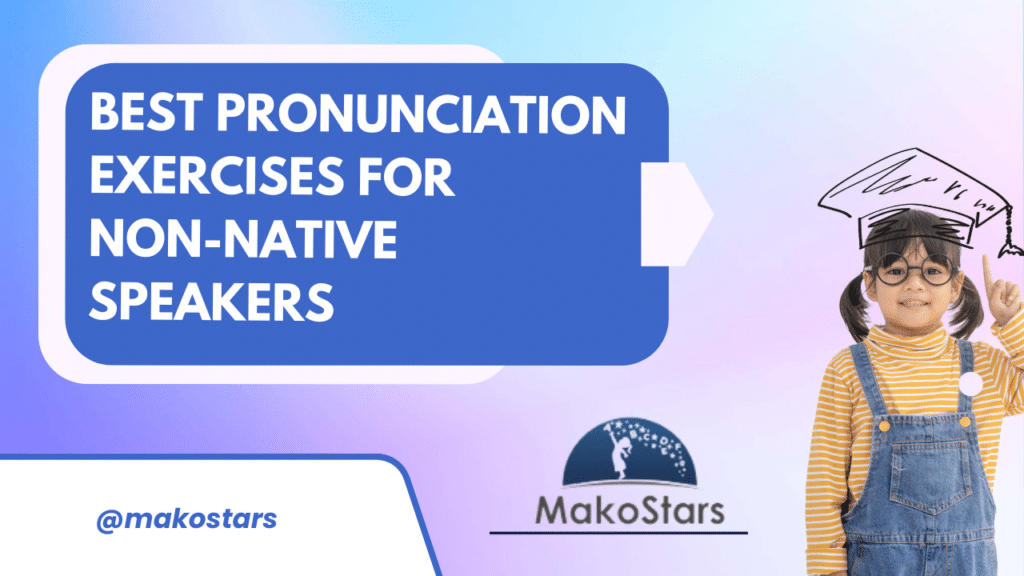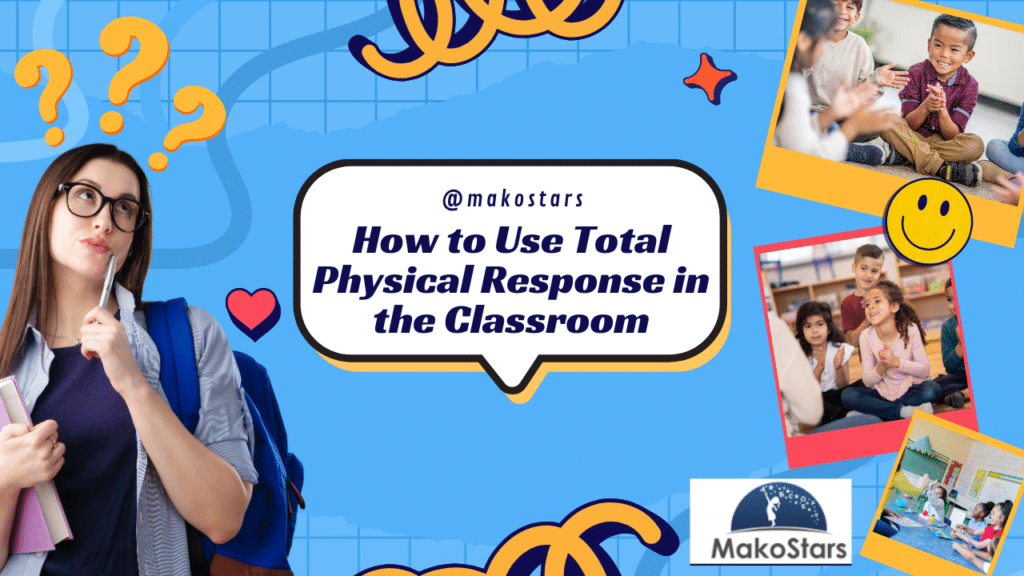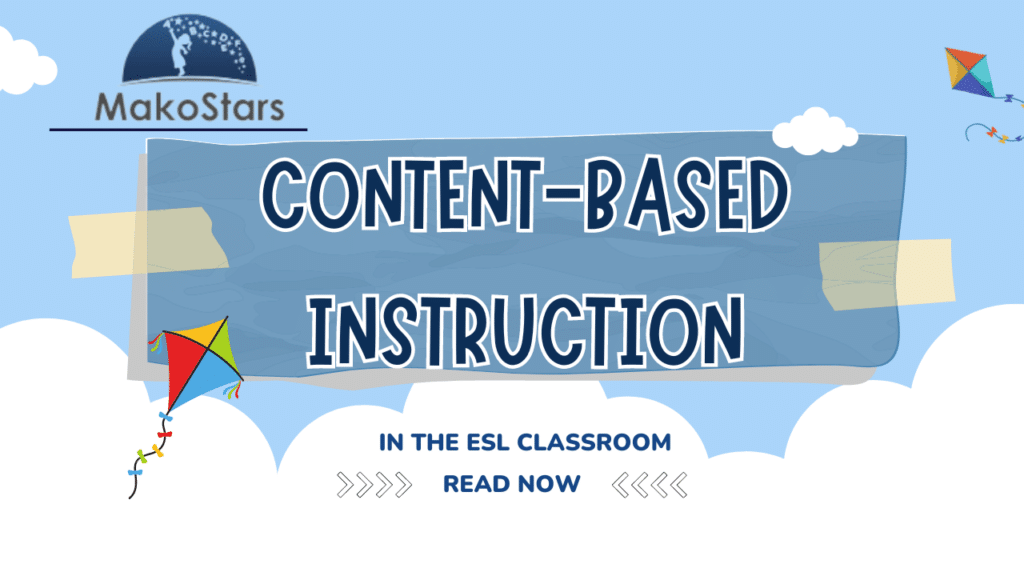Keeping things fun and updated in the classroom is necessary for student growth. Whether you’re a seasoned pro or just starting out, these fresh approaches are sure to spark your creativity and help your students thrive.
In this article, you’ll discover how multilingual techniques are changing English language teaching, and why task-based learning is all the rage. We’ll also look at ways to bring mindfulness into your lessons, make your teaching more culturally responsive, and use data to supercharge your students’ learning. So buckle up, the future of English language learning is here, and it’s looking brighter than ever!
Table of Contents
Translanguaging and Multilingual Approaches
Translanguaging is the new buzzword, and it’s all about letting your students use their full linguistic toolkit to learn English. Imagine a classroom where students can freely switch between languages, using their native tongue to boost their understanding of English. Sounds exciting, right?
Leveraging learners’ full linguistic repertoire
You might be wondering, “What exactly is translanguaging?” Well, it’s a fancy term for allowing your students to tap into all their language skills, not just English. Think of it as giving your students a linguistic superpower! Instead of asking them to leave their native language at the door, you’re inviting them to use it as a springboard for learning English.
For example, when you’re teaching about the solar system, encourage your students to think in multiple languages. They might read an article in English but make connections in their native language. It’s like having a multilingual party in their brains! This approach helps students grasp complex ideas more easily and makes learning English feel less like a chore and more like an adventure.
Code-switching in the classroom
Now, let’s talk about code-switching. It’s not about turning your students into secret agents (although that would be cool). It’s about letting them switch between languages naturally. You might hear a student start a sentence in English and finish it in their native language – and that’s okay! In fact, it’s more than okay; it’s beneficial.
Embracing code-switching in your classroom can do wonders for your students’ confidence. It validates their linguistic identities and helps them feel more at home in the learning environment. Plus, it’s a great way to foster deeper understanding of the subject matter.
Multilingual materials and resources
To really make translanguaging work, you’ll want to stock up on multilingual resources. Think books, websites, and multimedia in various languages. This not only provides access to content in multiple languages but also exposes students to diverse linguistic models.
Here’s a fun idea: Why not create a multilingual word bank for different topics? For instance, when teaching about body organs, have a chart with organ names in different languages. It’s a great way to build on your student’s prior knowledge and make connections between languages.
Remember, the goal isn’t to replace English but to use other languages as a bridge to English proficiency. By embracing translanguaging and multilingual approaches, you’re not just teaching English – you’re nurturing linguistic superstars who can navigate our increasingly global world with ease.
Learn more about : Best Pronunciation Exercises for Non-native Speakers

Task-Based Language Teaching (TBLT)
Task-Based Language Teaching (TBLT) is the new kid on the block, and it’s all about learning by doing. Imagine your students chatting away in English while planning a dream vacation or creating a podcast. Sounds fun, right? That’s TBLT in action!
Real-world language tasks
TBLT is like a language gym where your students flex their English muscles by tackling real-life challenges. Instead of drilling grammar rules, you’ll have them use English to solve problems and complete tasks they might face outside the classroom. It’s like giving them a sneak peek into the English-speaking world!
For example, you might ask your students to plan a party, write a complaint email, or even set up a mock job interview. These activities aren’t just fun – they’re preparing your students for real-world language use. Plus, they’ll be so caught up in the task, they won’t even realize how much English they’re learning!
Focus on form in context
Now, don’t worry – you’re not throwing grammar out the window. TBLT is sneaky in the best way possible. As your students work on their tasks, they’ll naturally bump into grammar points. That’s when you swoop in with a quick explanation or a helpful hint. It’s like teaching them to ride a bike – you’re there to steady them, but they’re doing the pedaling!
This approach helps students see grammar as a tool to get things done, not just a set of rules to memorize. They’ll start to notice patterns and structures on their own, making those “aha!” moments even sweeter.
Task sequencing and scaffolding
TBLT isn’t about throwing your students into the deep end. You’ll start with simpler tasks and gradually ramp up the difficulty. It’s like leveling up in a video game – each task builds on the last, helping your students grow more confident and skilled.
Here’s a quick guide to get you started:
- Pre-task: Warm up your students and introduce key vocabulary.
- Task: Let them loose on the main activity.
- Planning: Give them time to prepare how they’ll share their results.
- Report: Have them present their work to the class.
- Language focus: Dive into any tricky language points that came up.
Remember, your role is to guide and support. You’re not just teaching English – you’re helping your students become confident communicators in the real world. So, are you ready to bring some TBLT magic into your classroom?
Mindfulness and Contemplative Practices
Mindfulness and contemplative practices are making waves in language teaching, and for good reason. These techniques can help your students stay calm, focused, and ready to learn. Let’s dive into some exciting ways to incorporate mindfulness into your lessons.
Mindfulness activities for language learning
You can encourage your students to try out yoga or meditation videos in English at home. It’s a fun way to practice listening skills and learn new vocabulary. Plus, it helps them observe their own breathing – super handy when they’re feeling stressed about that upcoming test!
Want to get creative? Try a vision board activity. Have your students create boards (physical or digital) showcasing their interests and goals, then describe them in English. It’s a great way to practice speaking while focusing on positive aspirations.
Stress reduction techniques
Let’s face it, learning a new language can be stressful. But don’t worry, we’ve got some tricks up our sleeve to help your students chill out. How about a quick fist-pumping exercise? Have them stretch their arms out, make fists, and pump them while taking energizing breaths. It’s a great way to shake off nerves before a speaking activity.
Or try the “blossoming flower” technique. Students start with fingertips touching, then slowly open their hands like a blooming flower, taking deep breaths with each movement. It’s a simple yet effective way to calm those pre-presentation jitters.
Improving focus and attention
Try incorporating short mindfulness breaks into your lessons. The “Vision Quest” activity is perfect for this. Have students focus on one object in the room for 30 seconds, then broaden their gaze. It’s like giving their attention muscles a mini-workout!
You can also use games to improve focus. Memory games or classics like “Guess Who” in English are fun ways to practice concentration skills. Plus, they’re a great excuse to sneak in some extra vocabulary practice!
Remember, the goal is to help your students find calm and prime their brains for learning. By incorporating these mindfulness techniques, you’re not just teaching English – you’re giving your students valuable life skills. So, are you ready to bring some mindfulness magic into your classroom?
Read more about : A Guide to Pedagogical Approaches to Teaching
Culturally Responsive Teaching
Culturally responsive teaching is all about making your lessons as diverse and inclusive as a global potluck. Let’s dive into some exciting ways to bring the world into your classroom.
Incorporating learners’ cultural backgrounds
By weaving your students’ backgrounds into your lessons, you’re not just teaching English – you’re creating a mini United Nations! When students see their own lives and experiences reflected in the material, they’re more likely to engage and remember what they’re learning.
Try this fun activity: Have your students create a “cultural show and tell.” They can bring in objects, photos, or even recipes from their heritage and present them in English. It’s like a mini cultural festival right in your classroom!
Addressing cultural biases
Let’s face it – we all have biases. But in your English classroom, it’s time to kick those biases to the curb! Start by examining your own assumptions and encourage your students to do the same. It’s like spring cleaning for your mind!
Here’s a cool idea: Create a “stereotype busting” wall in your classroom. Whenever you come across a cultural stereotype in your lessons, add it to the wall and discuss why it’s not accurate. It’s a great way to promote critical thinking and open-mindedness.
Promoting intercultural understanding
Turn your classroom into a global village! By fostering intercultural understanding, you’re not just teaching English – you’re preparing your students to be awesome global citizens.
Try this activity: Set up a “cultural exchange corner” in your classroom. Each week, focus on a different culture represented in your class. Students can share stories, music, or even teach a few words from their native language. It’s like taking a world tour without leaving your classroom!
Remember, culturally responsive teaching isn’t just about celebrating diversity – it’s about creating a learning environment where every student feels valued and understood. So, are you ready to turn your English classroom into a cultural melting pot of awesomeness?
Data-Driven Learning and Corpus Linguistics
It’s like having a language detective at your fingertips. This exciting approach is shaking up English language teaching, giving you and your students access to real-world language use. Let’s explore how you can bring this cutting-edge method into your classroom.
Using language corpora in class
Imagine turning your students into language explorers. With language corpora, that’s exactly what you’ll do! These massive collections of texts are like treasure troves of authentic language use. You can use them to create fun, engaging activities that help your students discover language patterns on their own.
Try this: Have your students hunt for common collocations or idioms. It’s like a linguistic scavenger hunt! They’ll learn how native speakers really use the language, not just what’s in the textbook. Plus, it’s a great way to boost their research skills.
Learner corpora analysis
Want to know what makes your students tick (linguistically speaking)? Learner corpora are collections of texts produced by language learners. By analyzing these, you can spot common errors, understand learning patterns, and tailor your teaching to your students’ needs.
Here’s a cool idea: Create a mini learner corpus with your students’ writing samples. Use it to identify areas where they’re struggling and design targeted lessons. It’s like having a personalized roadmap for each student’s language journey!
Corpus-informed materials development
Say goodbye to guesswork in materials development! Corpus-informed materials use real language data to create authentic, relevant learning resources. It’s like giving your students a VIP pass to how English is really used in the wild.
Try this: Use corpus data to create vocabulary lists that show words in context. Instead of dry lists, your students will see how words are actually used in sentences. It’s a great way to make vocabulary stick!
Remember, corpus linguistics isn’t just for researchers anymore. It’s a powerful tool that can transform your teaching and help your students become confident, skilled English users. So, are you ready to become a data-driven language detective?
Conclusion
The evolving landscape of English language teaching in 2024 brings exciting opportunities to enhance student engagement and learning outcomes. From embracing multilingual approaches to incorporating mindfulness practices, these innovative methods are changing the way we teach and learn English.
The focus on culturally responsive teaching and data-driven learning also has a significant impact on creating more inclusive and effective learning environments.
As we look ahead, these trends offer a promising path to improve English language education.
By adopting these approaches, teachers can create more dynamic, student-centered classrooms that prepare learners for real-world communication. The key is to stay flexible, keep learning, and be open to trying new things. In the end, it’s all about helping students become confident English speakers ready to take on the world.



